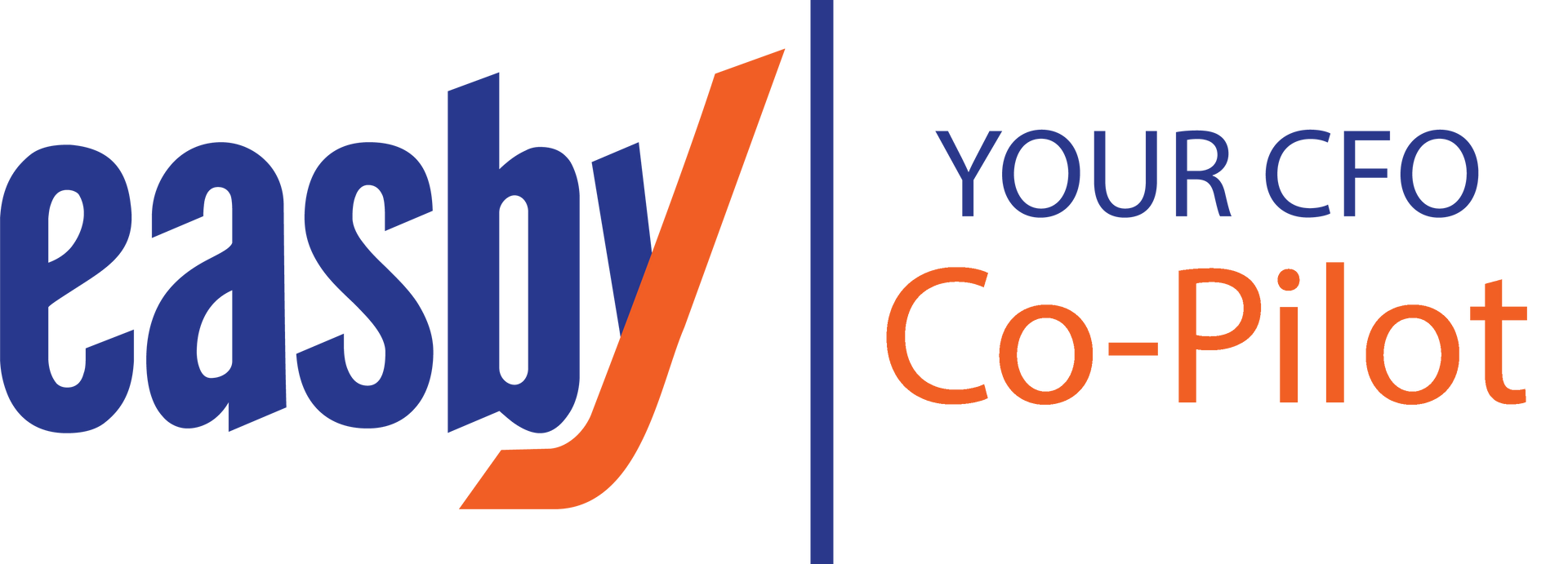GovCons: Which Accounting Software Is Right for You?
Share this article:
Rose Report: Issue 62

By Ted Rose, CEO, Rose Financial Solutions
When it comes to building efficiency, selecting accounting software is among the most important decisions business leaders make. Why? The right solution can enhance the entire organization’s operations. Given the number of options available, choosing the right software for your government contracting business can be daunting. To help you with your search, here are a few factors to consider.
DCAA Compliance
Often, government contractors are under the impression that they must use a specific accounting software package to be deemed Defense Contract Audit Agency (DCAA) compliant. For financial and accounting software to be compliant, it must follow the latest DCAA recommendation and regulations; however, it is important to note that your documented policies and procedures are just as important as the accounting software when evaluating compliance. All of ROSE’s client systems have been approved by the DCAA when audited—100 percent of the time, regardless of the accounting software used.
Cloud-based Software
Cloud-based accounting software has become increasingly popular in recent years. If you are utilizing desktop accounting software, it may be time to consider moving to the cloud. A cloud-based accounting system provides comparable functionality as your desktop system, but it also offers additional benefits such as real-time updates and access to financial and accounting information from anywhere at any time, which is especially useful in today’s remote work environment.
Accounting Software
For many startup government contractors, QuickBooks can be a good option. It’s user-friendly, simple, and for smaller organizations, cost-effective. QuickBooks is excellent at handling routine accounting functions for small businesses, such as accounts payable and receivable, payroll, and preparing financial statements. Keep in mind that QuickBooks will still need to be properly configured and paired with a DCAA compliant time-tracking system. PROCAS and Unanet are good options for small- to mid-sized government contractors who require project management capabilities. As organizations grow, operations may be complex enough that they quickly end up with a half dozen disparate systems, none of which are in sync with each other. Overseeing so many different systems and having to enter data in multiple systems manually can cause considerable problems for any company. If the organization’s sales automation system isn’t connected to its accounting software, its books can get out of alignment. And most importantly, the time employees have to spend ensuring that all the systems are up to date and in sync would be better spent improving the business. Fortunately, more comprehensive software solutions are available as an organization evolves. As a contractor scales, takes on multiple cost-plus contracts, and its compliance needs increase, a system like Deltek Costpoint will be better equipped to manage project costs and administration.
How We Can Help
ROSE specializes in providing government contractors with accounting, finance, and compliance solutions at a fraction of the cost of hiring in-house staff. Whether you need to fill in the gaps, replace your existing system, or start off ready to grow, we are equipped to be a powerful strategic partner in your development.
Our leading-edge platform, Easby®, supports most accounting software systems. With our Finance as a Service (FaaS) solution, not only will your DCAA compliance be enhanced, but you’ll also gain the functionality that is found in an Enterprise Resource Planning (ERP) system. Please schedule a meeting below to learn more about our cost-effective and scalable solution.
This content is for information purposes only and should not be considered legal, accounting, or tax advice or a substitute for obtaining such advice specific to your business.
Visit Us On:





